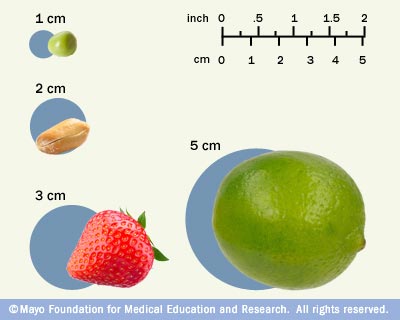
Two and One-half Inches by Five and One-Half Inches One and One-half inches by Eleven and One Quarter Inches One and One-half Inches by Nine and One-Quarter Inches One and One-half Inches by Seven and One-Quarter Inches

One and One-half Inches by Five and One-Half Inches One and One-half Inches by Three and One-Half Inches One and One-half Inches by One and One-half Inches One Inch by Eleven and One-Quarter Inches Three-Quarter Inch by Eleven and One Quarter Inches Three-Quarter Inch by Nine and One Quarter Inches Three-Quarter Inch by Seven and a Quarter Inches Three-Quarter Inch by Five and One-Half Inches Three-Quarter Inch by Three and a Half Inches We also have a master ipe price list available. Make sure if you have any questions to contact us prior to ordering. Understanding Nominal vs Net Sizesīelow you see an actual list of nominal dimensions and actual sizes for our Ipe. If not otherwise indicated all sizes are nominal. So we list every item in the actual size and the nominal size. We have considered not using Nominal Dimensions, however, we decided it would be more confusing for professionals than it would be helpful for novice consumers. As a consumer, it is important to understand the difference. There were some lawsuits against Home Depot and Menards in 2017 that resulted in the Nominal size use being upheld as an industry standard. Actual sizes can vary depending on where the wood is stored and installed due to the expansion and contraction of natural wood. It also addresses the shrinkage and expansion of the boards that is caused by less or more humidity. Simply instead of having to say “let me get three-quarters by three and one-half inches” you can simply say “one by four”. Nominal sizes are simplified ways to reference not actual sizes. For anyone not in the lumber and construction industry, this can be confusing. However, the actual thickness and width of a 2-by-4 is 1.5-by-3.5 inches.The entire wood industry uses what is known as nominal sizes. The actual length of an 8 foot 2-by-4 is 8 feet. What is the actual length of an 8 foot 2×4? These sizes do not include the length of the board. Lumber sizes like 2-by-4, 4-by-6 or 6-by-8 represent the thickness in inches by the width in inches of the timber. Calculate linear feet by simply measuring the length of the board. You can find the board foot measurement by multiplying length x width x thickness in inches, and then dividing by 144. Timber is measured in board feet and linear feet. Can be refinished if scratched or damaged. Does well with varying humidity and weather. Brazilian Walnut: Much more expensive than oak.Maple: Slightly harder than oak and lighter in color.Graining often helps hide scratches and dents. Oak: Less expensive than some options.There are several different kinds of wood available for various home projects. A 2-by-8 is actually 1 1/2 inches thick by 7 1/4 inches wide. As an example, a 2-by-4 is actually 1 1/2 inches thick by 3 1/2 inches wide. If you are not experienced in buying lumber, remember that all lumber is identified by its nominal size, which is different than the actual size. When the lumberyard gives you the price, multiply it by the linear feet you want, and you’ll find your decking price.

Then, call a lumberyard and ask the price per foot on that size and species of lumber, such as 2-by-6 construction heart redwood. For many homeowner projects, linear feet are the easiest way to calculate your needs.įor instance, if building a deck out of 2-by-6 lumber, you would use your plans to first measure the total length of decking boards you need. If ordering a large amount by board feet, just multiply the total board feet needed by the price per board foot for the total cost.Ī linear foot describes a 12-inch long piece of lumber. You can measure board feet by multiplying length x width x thickness in inches, and then dividing by 144. How to Use Board Feet:Ī single board foot is one square foot of wood that is one inch thick. Here’s a breakdown of each type of lumber measurement. Lumberyards normally deal in board feet, particularly on large orders, but they work in linear feet equally well.


 0 kommentar(er)
0 kommentar(er)
